GSM, the celebrated blend of Grenache, Syrah, and Mourvèdre grapes, has established itself as a staple in the world of wine. The Côtes du Rhône region of Southern France serves as the birthplace of this renowned combination, where it continues to flourish and gain recognition among connoisseurs and casual drinkers alike. Thanks to its unique makeup, GSM wines boast an array of flavors and textures making them a go-to choice for many occasions.
The success of the GSM blend lies in the complementary characteristics of its components. Grenache offers bright fruit flavors, such as strawberry and raspberry, while the Syrah grape brings structure and peppery notes. Mourvèdre contributes an earthy, gamy touch, creating an elegant balance of taste and complexity. All three varietals thrive in the diverse terroirs of the Côtes du Rhône, where their interplay generates a distinctive wine experience.
Additionally, the versatility of the GSM blend has led to its increasing popularity in other wine-producing regions around the world. Winemakers in Australia, California, and Spain, among others, have utilized the harmonious trio of grapes to craft enticing versions of the blend, introducing its charm to new audiences and firmly cementing its status as a global wine phenomenon.
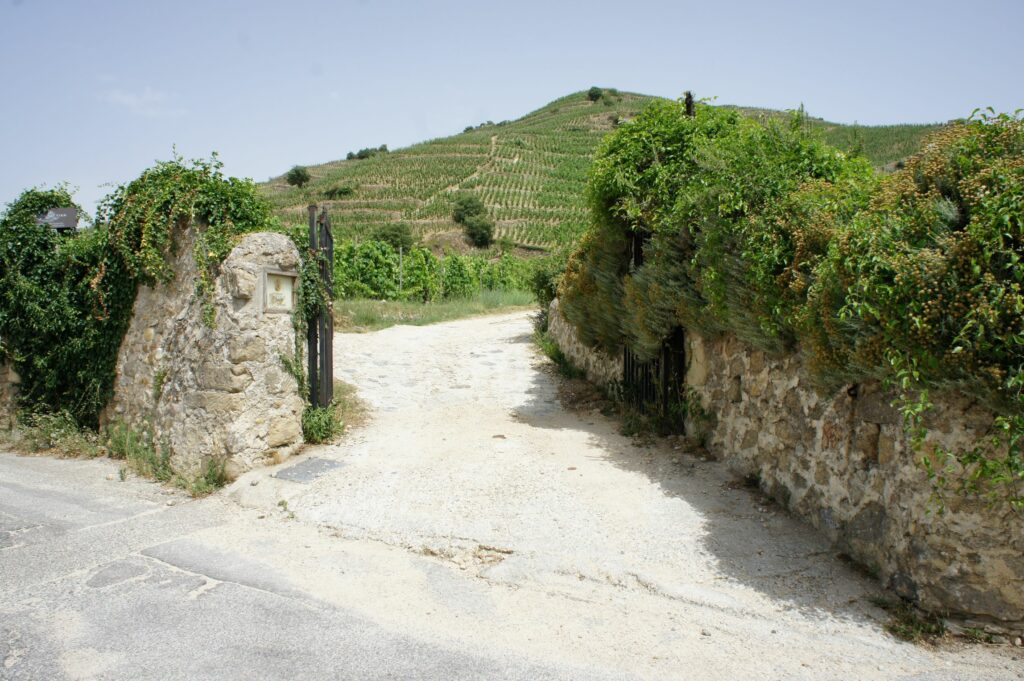
History of GSM Blends
Origins in Cote du Rhone
GSM blends, which consist of Grenache, Syrah, and Mourvèdre grapes, trace their origins back to the Cote du Rhone wine region in Southeastern France. This region has been producing wines since ancient Roman times and has maintained a strong tradition of blending grapes to create unique and complex flavors. Among the blends, GSM has stood out for its impressive balance and depth. Grenache contributes fruity and spicy notes, Syrah brings tannin and structure, while Mourvèdre adds earthy and savory elements.
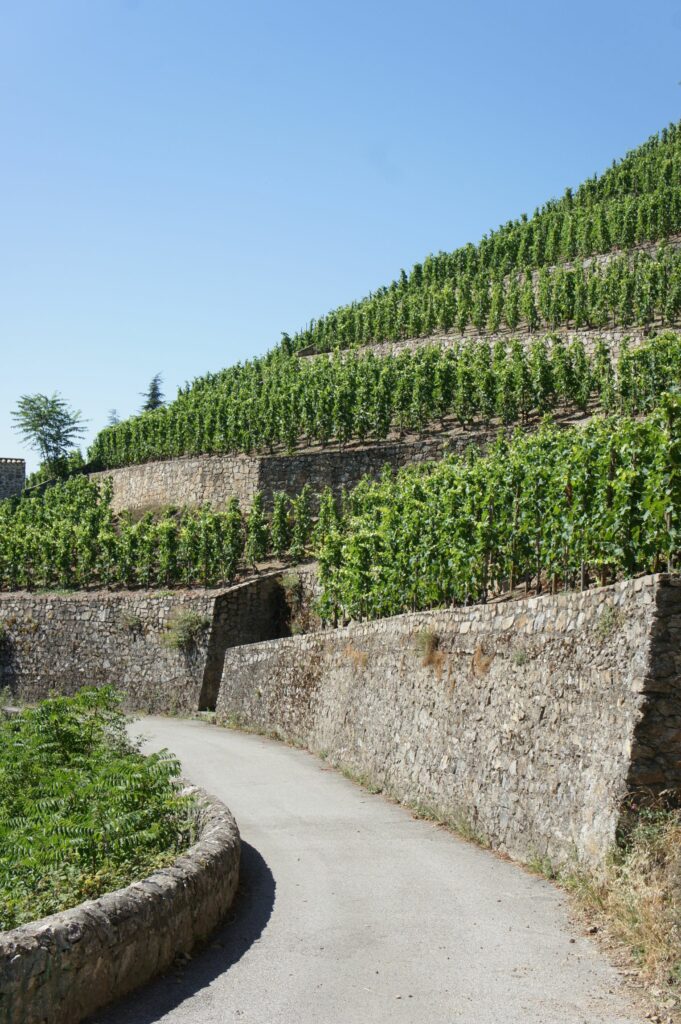
Throughout the centuries, winemakers in the Cote du Rhone continued to experiment with various grape combinations, refining the GSM blend and solidifying its place as a regional signature wine. Thanks to the success in this region, GSM blends attracted attention from other winemakers worldwide.
Expansion to Other Wine Regions
In the late 20th and early 21st centuries, the GSM blend began to gain popularity in other wine regions. Notably, winemakers in Australia’s Barossa Valley and McLaren Vale started incorporating GSM blends into their portfolios. They recognized the potential in the combination of these grape varietals, leading to a surge of GSM wines in the Australian market.
Similarly, other New World wine regions, like California and South Africa, have embraced the GSM blend. In these regions, winemakers are experimenting with different ratios of Grenache, Syrah, and Mourvèdre to create unique expressions that showcase the terroir and winemaking styles of their respective areas.

As the popularity of GSM blends continues to grow, the variety of wines available will undoubtedly expand, offering wine enthusiasts a diverse range of flavors and styles to explore.
Composition of GSM Blends
GSM blends, named after the three primary grape varieties used to create them, are a popular wine style hailing from France’s Côtes du Rhône region. In this section, we will discuss the composition of GSM blends and the unique characteristics of each grape variety: Grenache, Syrah, and Mourvèdre.
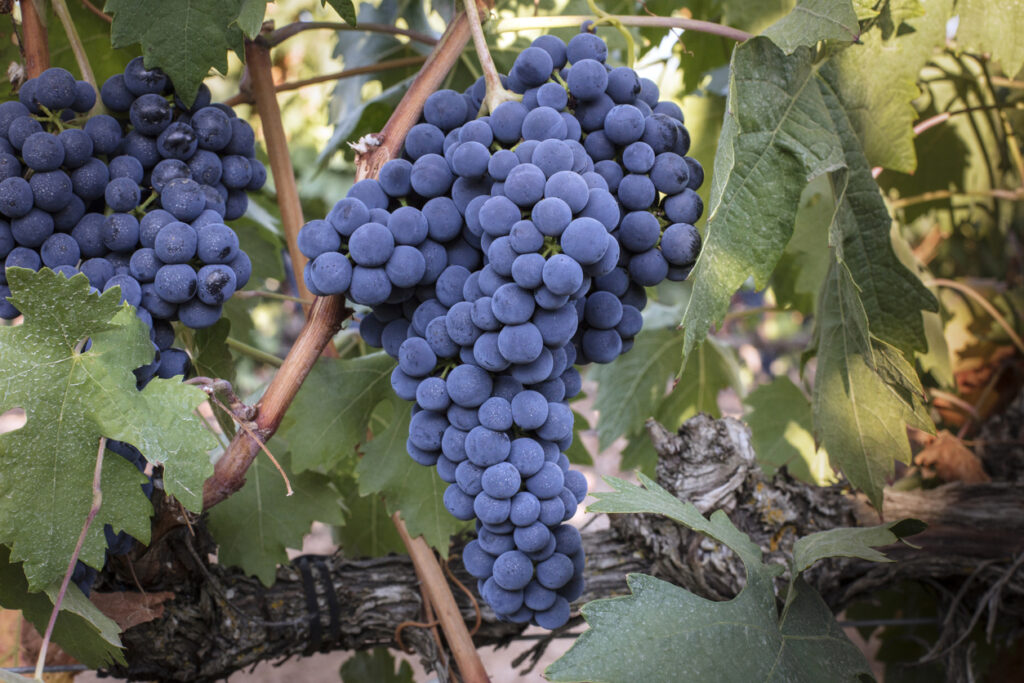
Grenache Grape
Grenache, the most widely planted grape in the Côtes du Rhône region, is known for its high sugar content, which results in wines with higher alcohol levels. The grape’s thin skin and large size contribute to its relatively lower acidity and lighter color compared to other red grape varieties. Typical flavor profiles include red fruit, such as strawberry and raspberry, with hints of white pepper and cinnamon.
- Color: Lighter red, ruby
- Acidity: Low to medium
- Tannins: Moderate to slightly firm
- Alcohol: High

Syrah Grape
Syrah, the second most common grape in GSM blends, brings structure and a darker, more intense color to the mix. This grape is characterized by high levels of acidity and tannins, which add complexity and longevity to GSM wines. Flavors in Syrah-dominant blends often include dark fruits like blackberry and blackcurrant, with notes of black pepper, licorice, and smoked meat.
- Color: Deep dark red, nearly black
- Acidity: High
- Tannins: Firm and robust
- Alcohol: Medium to high
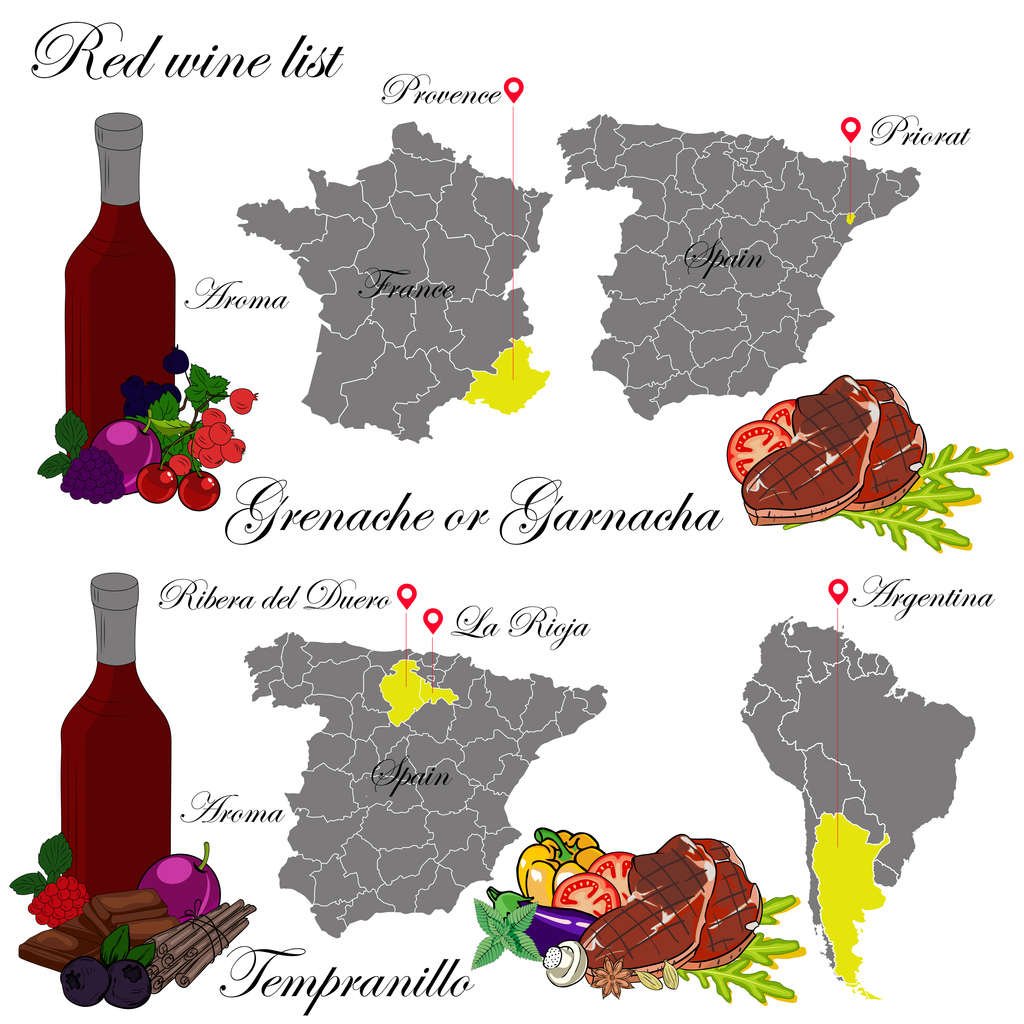
Mourvèdre Grape
The final grape in the trifecta, Mourvèdre, contributes to GSM blends with earthy and savory flavors, as well as structure and depth. Mourvèdre’s smaller berries and thicker skins yield wines with more tannins and a darker hue. This grape’s typical flavor profile includes black fruit, leather, tobacco, and earthy notes, with a touch of black pepper.
- Color: Dark red, almost inky
- Acidity: Moderate to high
- Tannins: Firm
- Alcohol: Medium to high
Each grape in the GSM blend brings unique characteristics, allowing winemakers to create a wine that balances the desired flavors, acidity, tannins, and color. These blends are versatile, allowing for various interpretations and showcasing the interplay between the three grape varieties.
Characteristics of GSM Wines
Tasting Notes
GSM wines, a blend of Grenache, Syrah, and Mourvèdre grapes, feature a unique and complex flavor profile. They typically exhibit:
- Grenache: Strawberry and raspberry notes with a soft, elegant texture
- Syrah: Blackberry, plum, and peppery spice flavors with a rich, full-bodied structure
- Mourvèdre: Earthy, savory, and leathery tones with a strong tannic backbone
The resulting GSM blend is a harmonious balance, showcasing bright red and dark fruit flavors, a touch of minerality, and a spicy finish. The boldness of Syrah complements the fruit-forward nature of Grenache, while Mourvèdre adds depth and structure to the blend.

Ideal Pairings
GSM wines pair well with a variety of dishes. Some recommended options include:
- Grilled meats: Lamb chops, beef, and pork ribs enhance the earthy and spicy characteristics of the blend
- Game: Venison and wild boar highlight the wine’s dark fruit and savory tones
- Herb-based dishes: Rosemary, thyme, and sage complement the wine’s inherent minerality
- Cheeses: Aged cheddar, blue cheese, and goat cheese create a balanced and satisfying pairing
When selecting dishes to enjoy with a GSM wine, it’s essential to consider both the flavors and textures of the food. Bold, rich dishes work well with the wine’s robust structure, while lighter, fruit-driven options accentuate the blend’s brighter tones.
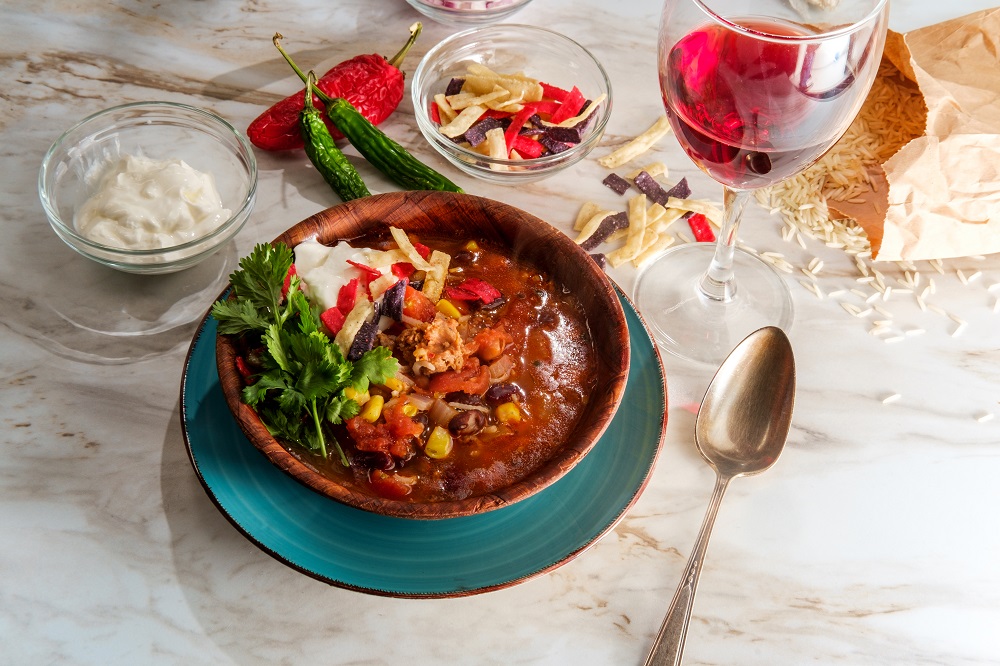
Notable GSM Producers and Regions
Chateauneuf-du-Pape
Chateauneuf-du-Pape is a renowned wine region in the southern Rhône Valley in France, known for producing high-quality GSM blends. The region’s terroir is characterized by its soil, which is full of galets roulés, large round stones that help retain heat and aid in the ripening of grapes. Notable producers in this region include:
- Domaine du Vieux Télégraphe: Known for their elegant and complex GSM blends, with a focus on Grenache.
- Château de Beaucastel: A respected winery that produces GSM wines with high percentages of Mourvèdre for a distinctive, earthy character.
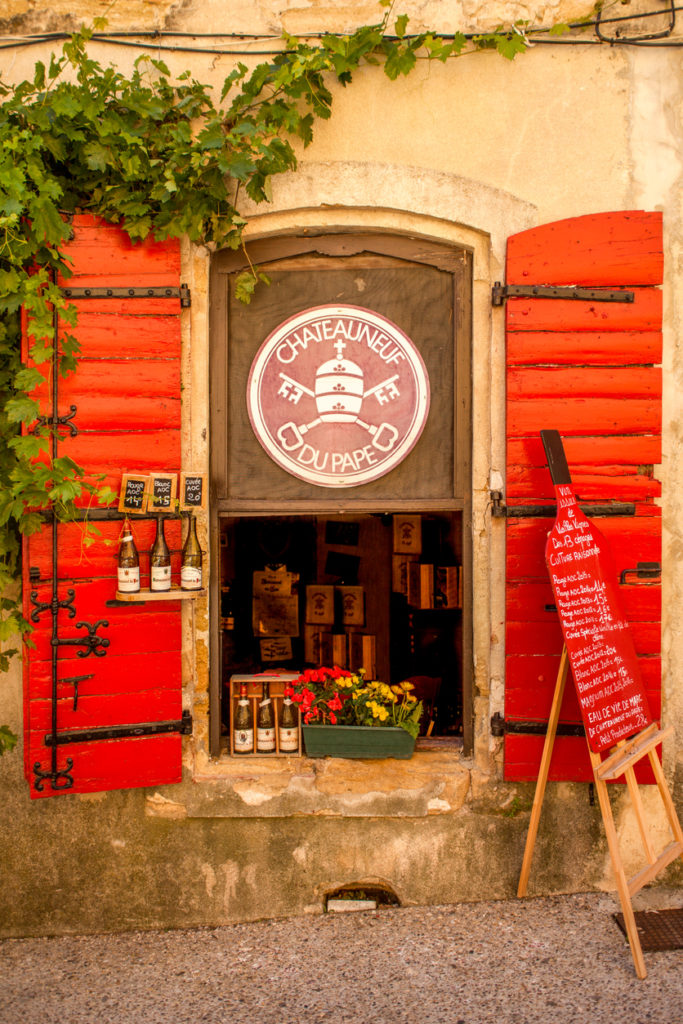
Gigondas and Vacqueyras
Gigondas and Vacqueyras are neighboring appellations in the southern Rhône Valley, both known for their robust and spicy GSM blends. The wines from these regions are sometimes compared to those from Chateauneuf-du-Pape, yet they usually come at a more affordable price point. Key producers in Gigondas and Vacqueyras include:
- Domaine des Bosquets: A Gigondas-based winery producing bold, full-bodied GSM blends with rich fruit flavors.
- Domaine de la Garrigue: A Vacqueyras producer known for its structured and spicy GSM wines, often aged in oak for added complexity.
International Adaptations
The GSM blend has expanded beyond the French Rhône Valley, with producers in various countries embracing this grape combination. Some notable international regions and producers of GSM blends are:

- Australia: The Barossa Valley and McLaren Vale regions are renowned for their GSM blends. Producers such as d’Arenberg and Penfolds create fruit-driven, powerful GSM wines that showcase the unique terroir of Australia.
- United States: California’s Central Coast and Washington State have seen a rise in GSM blend production. Wineries like Tablas Creek Vineyard in Paso Robles and Seven Hills Winery in Walla Walla craft expressive, balanced GSM wines that pay homage to the Rhône Valley’s style.
Understanding GSM Wine Labels
GSM, a blend of Grenache, Syrah, and Mourvèdre grapes, is a popular wine from France’s Côte du Rhône region. To fully appreciate GSM, it’s important to understand the labeling specifics.
Appellation Designations
The Côte du Rhône is a large and diverse wine region with several appellations. Major designations include:
- Côtes du Rhône: Entry-level GSM blends comprising grapes sourced from various sub-regions.
- Côtes du Rhône Villages: Superior quality GSM blends from smaller vineyard areas with stricter regulations.
- Crus: Top-tier GSM wines, each with its unique set of rules, grape proportions, and styles.
By knowing these designations, consumers can better navigate GSM wine labels and select wines suited to their preferences.

Vintage Considerations
The vintage, or year of grape harvest, plays a crucial role in the overall quality and flavor of GSM wines. Here are some aspects to consider:
- Climatic conditions: A warm, dry growing season typically yields grapes with higher sugar levels and concentrated flavors.
- Harvest time: The timing of grape harvest affects the balance between sweetness, acidity, and tannins, ultimately affecting a wine’s taste and aging potential.
- Age of the wine: Young GSM wines showcase bright fruit flavors, whereas older vintages develop more complex, earthy notes.
Examining the vintage on a GSM label helps in anticipating the wine’s taste and potential for aging.
Overall, understanding GSM wine labels adds to our appreciation and enjoyment of these remarkable Côte du Rhône blends.

